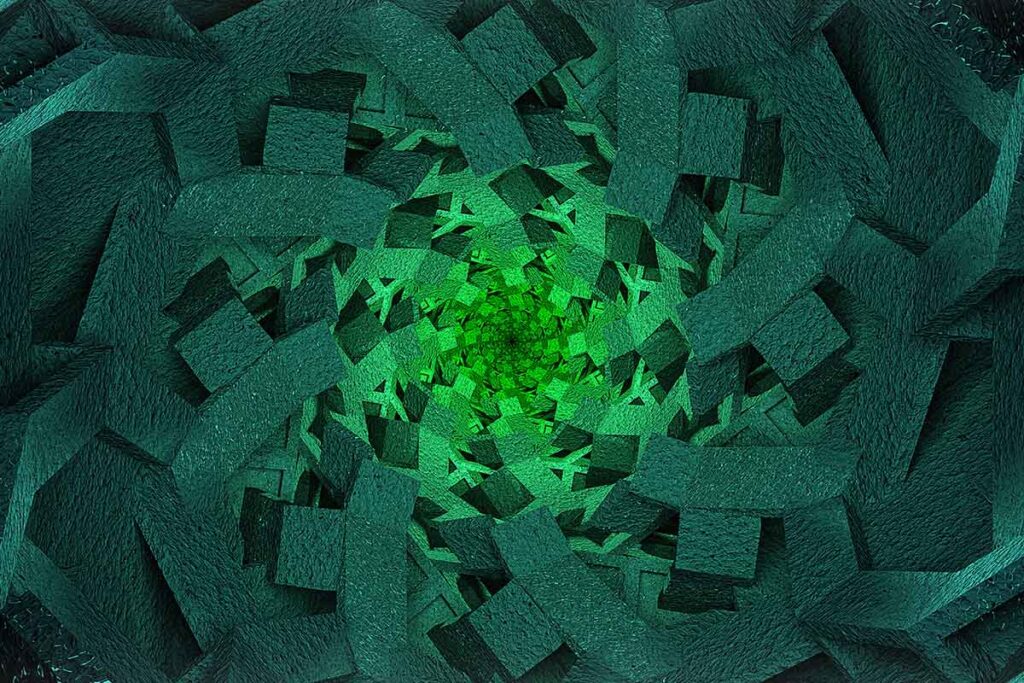Hallucinogens like dimethyltryptamine (n dimethyltryptamine dmt), lysergic acid diethylamide (LSD), and psilocybin—or magic mushrooms—have been around for many years and have been used as part of religious practices or recreationally to bring a person to an altered state of consciousness. Some of these drugs are even being studied to treat mental health conditions such as depression. DMT, first synthesized in 1931 with its hallucinogenic properties confirmed in 1956, has a long history of intrigue and study. As with any drug, it is typically unsafe to use DMT without the guidance of a medical professional. But what is DMT? Learn more about this drug, its legal status, potential for addiction, and how to tell if someone uses DMT.
If you are experiencing adverse side effects from hallucinogenic drugs, you must get professional help. Promises Brazos Valley offers a variety of addiction treatment programs, including drug detox, to help safely rid your body of substances. Call to speak with someone from our caring and compassionate team about your drug addiction treatment options and schedule an intake assessment.
Dimethyltryptamine is a powerful hallucinogenic drug found naturally in certain plants and animals. It is the primary psychoactive ingredient in the plant brew known as psychedelic ayahuasca, causing intense, overwhelming hallucinations that last for under an hour. DMT is also produced endogenously in the body—a process known as dmt production—with research showing its synthesis in the pineal gland, rat brain, and more broadly throughout the mammalian brain. Classified as a classical psychedelic, DMT’s unique effects often set it apart from other psychedelics like psilocybin and LSD.
DMT is extracted, then consumed using one of the following methods:
- Snorting
- Drinking
- Smoking
- Injecting
Unlike other drugs, such as alcohol or opioids, dmt produces a rapid high characterized by intense visual effects and profound psychoactive effects that last up to 45 minutes. When inhaled or injected, however, the effects of DMT can last about five to fifteen minutes. After the brief high wears off, the person usually exhibits no symptoms of its influence. DMT-induced psychedelic experiences are often described as immersive, involving vivid imagery, altered perception, and a sense of encountering alternate realities. However, that does not mean it is entirely safe to use DMT.
Pharmacologically, DMT acts on serotonin receptors and also activates trace amine associated receptors, which contributes to its unique effects and distinguishes it from other classical psychedelics.
Introduction to DMT
DMT, or Dimethyltryptamine, is a potent psychedelic drug renowned for its intense and short-lived hallucinogenic effects. Naturally occurring in a variety of plants and animals, DMT has been used for centuries in traditional rituals, most notably as a key ingredient in the ayahuasca brew of the Amazon. When combined with monoamine oxidase inhibitors (MAOIs) in ayahuasca, DMT becomes orally active, allowing for a prolonged and profound psychedelic experience.
In recent years, DMT has attracted significant attention in the field of mental health, with scientific research exploring its potential therapeutic benefits. Studies have investigated DMT’s rapid antidepressant effects, particularly for individuals struggling with treatment resistant depression and major depressive disorder. DMT is currently undergoing clinical trials for treatment-resistant depression, further highlighting its potential as a groundbreaking therapeutic tool. Some randomized placebo-controlled studies suggest that DMT, like other psychedelics such as lysergic acid diethylamide (LSD), may offer new hope for those with post traumatic stress disorder and other challenging mental health conditions.
The effects of DMT are often described as deeply transformative, with users reporting vivid visual hallucinations, altered sensory perception, and a powerful sense of ego dissolution. These subjective effects have led to DMT being called the “spirit molecule,” as many people experience a profound sense of connection or spiritual awakening during a DMT trip. However, the physiological effects of DMT can include increased heart rate and blood pressure, dilated pupils, and dizziness. Some individuals may experience adverse reactions or negative effects, especially when used without medical supervision.
While DMT research continues to uncover its therapeutic potential, it is important to recognize the risks associated with its use. DMT is classified as a Schedule I controlled substance in the United States due to its potential for drug abuse and lack of approved medical use outside of research settings. Long-term effects of DMT usage can include ‘flashbacks,’ which are re-experiences of the drug that may be triggered by stress, fatigue, or other drug use. As with other psychedelics, the effects of DMT can be unpredictable, and its use should be approached with caution and respect, particularly for those with underlying mental health concerns.
Overall, DMT stands at the intersection of ancient tradition and modern science, offering both promise and challenges as researchers continue to explore its role in mental health treatment and its unique psychological and physiological effects.
Is DMT Legal as One of the Psychedelic Drugs?
Dimethyltryptamine can be addictive and dangerous. This hallucinogenic drug is classified as a Schedule I controlled substance by the Drug Enforcement Administration (DEA). This means the drug has no Food and Drug Administration (FDA) approved medical purpose and has a high potential for abuse or addiction.
As a Schedule I controlled substance, DMT is illegal to manufacture, distribute, buy, or possess.
Some U.S. cities have decriminalized the drug, but it is still illegal at a federal level.
Some religious groups have been granted exemptions from the Controlled Substances Act to import and consume DMT-containing ayahuasca for sacramental reasons. DMT may also be used as part of medical research that the DEA and FDA have approved. In Texas, several bills have been filed to advance research on using psychedelics, including DMT, for medical benefit.
How Can You Tell If Someone Is Experiencing Hallucinogenic Effects from DMT?
Some people use dimethyltryptamine recreationally to escape their everyday life. If they struggle with mental health conditions like anxiety, depression, or recurrent depression, they may find temporary relief from hallucinogenic drugs. People have reported having out-of-body experiences or making contact with spiritual beings when tripping on DMT. Some users describe their DMT experience as similar to near death experiences, involving intense psychological and spiritual phenomena. This belief that one can experience self-actualization and communicate with God or angels makes DMT a desirable component of some religious ceremonies.
Hallucinogenic drugs like DMT are not as common as alcohol or marijuana, so you may not know how to recognize if someone is under its influence. If someone is taking DMT, you may notice unusual behaviors such as:
- A sudden shift in mood
- Seeing and hearing things that are not there
- Paranoia
The above signs can also indicate severe mental illness like schizophrenia, so it is vital to get the person immediate medical attention. DMT has been known to trigger schizophrenia in people with a family history of this condition. Combining schizophrenia with DMT can put one at a higher risk of suicidal thoughts alongside severe paranoia and hallucinations.
Find DMT Addiction and Mental Health Treatment in Texas at Promises Brazos Valley
It can be challenging to quit using dimethyltryptamine on your own without the proper support. But with the evidence-based treatment programs at Promises Brazos Valley, you do not have to go at it alone. Contact Promises Brazos Valley today at to learn more about our individualized addiction treatment plans and how we can help you safely overcome DMT addiction.

